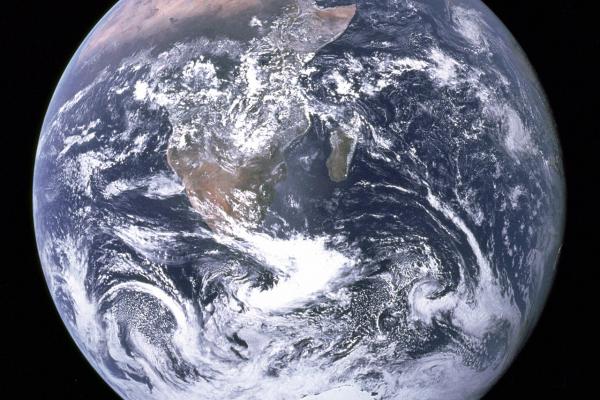
August 27, 2015
4:00PM - 5:00PM
2015 McPherson Laboratory
Add to Calendar
2015-08-27 16:00:00
2015-08-27 17:00:00
Astronomy Colloquium
The Effect of Stellar Abundance Ratios on Rocky Planet StructureWendy Panero (OSU) The surface environment, including habitability, of terrestrial planets is dependent upon stellar insolation as well as atmospheric chemistry, specifically water and carbon dioxide. Surface-to-interior mass flux of water and carbon regulates atmospheric compositions, regulating climate and providing weathering of rock for nutrient transport necessary for life. Such interior dynamics, such as in plate tectonics on Earth, is a consequence of convective heat transfer generated within the 2900 km thick solid silicate mantle. Exoplanet properties are presently limited to measurements of mass and radius. I will present an approach by which we can use the mass, radius, and composition of the planet host star to establish conditions under which exoplanets may or may not be habitable. Conversely, this approach may be used to target stars for the search for habitable planets. Coffee & Donuts will be served at 3:30pm in 4054 McPherson Lab
2015 McPherson Laboratory
OSU ASC Drupal 8
ascwebservices@osu.edu
America/New_York
public
Date Range
Add to Calendar
2015-08-27 16:00:00
2015-08-27 17:00:00
Astronomy Colloquium
The Effect of Stellar Abundance Ratios on Rocky Planet StructureWendy Panero (OSU) The surface environment, including habitability, of terrestrial planets is dependent upon stellar insolation as well as atmospheric chemistry, specifically water and carbon dioxide. Surface-to-interior mass flux of water and carbon regulates atmospheric compositions, regulating climate and providing weathering of rock for nutrient transport necessary for life. Such interior dynamics, such as in plate tectonics on Earth, is a consequence of convective heat transfer generated within the 2900 km thick solid silicate mantle. Exoplanet properties are presently limited to measurements of mass and radius. I will present an approach by which we can use the mass, radius, and composition of the planet host star to establish conditions under which exoplanets may or may not be habitable. Conversely, this approach may be used to target stars for the search for habitable planets. Coffee & Donuts will be served at 3:30pm in 4054 McPherson Lab
2015 McPherson Laboratory
Department of Astronomy
astronomy@osu.edu
America/New_York
public
The Effect of Stellar Abundance Ratios on Rocky Planet Structure
Wendy Panero (OSU)
The surface environment, including habitability, of terrestrial planets is dependent upon stellar insolation as well as atmospheric chemistry, specifically water and carbon dioxide. Surface-to-interior mass flux of water and carbon regulates atmospheric compositions, regulating climate and providing weathering of rock for nutrient transport necessary for life. Such interior dynamics, such as in plate tectonics on Earth, is a consequence of convective heat transfer generated within the 2900 km thick solid silicate mantle.
Exoplanet properties are presently limited to measurements of mass and radius. I will present an approach by which we can use the mass, radius, and composition of the planet host star to establish conditions under which exoplanets may or may not be habitable. Conversely, this approach may be used to target stars for the search for habitable planets.
Coffee & Donuts will be served at 3:30pm in 4054 McPherson Lab
